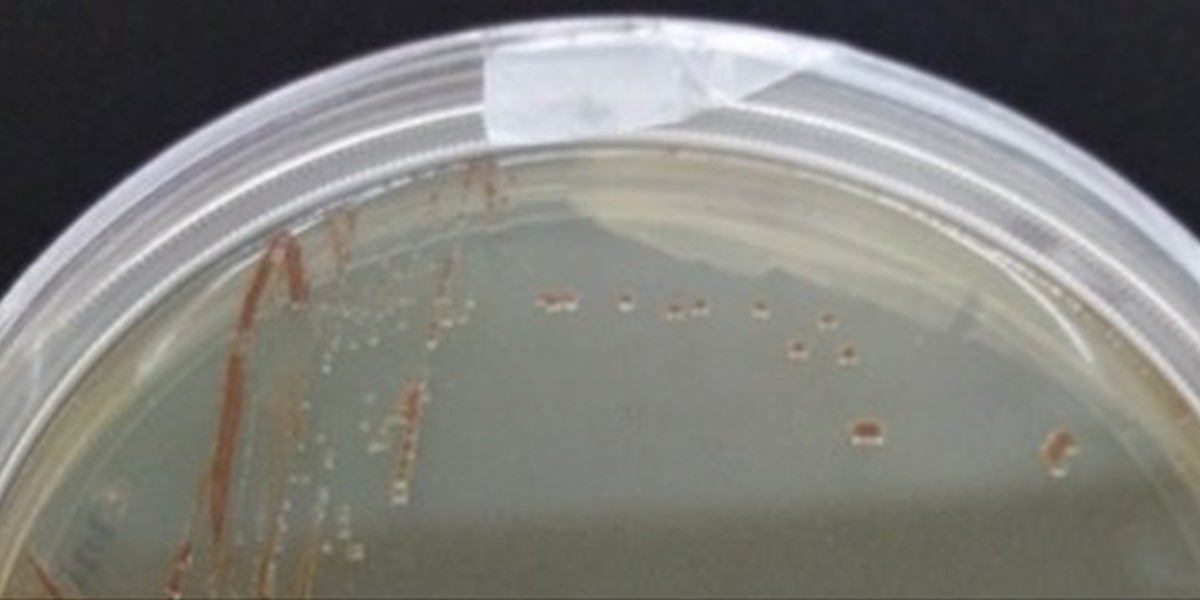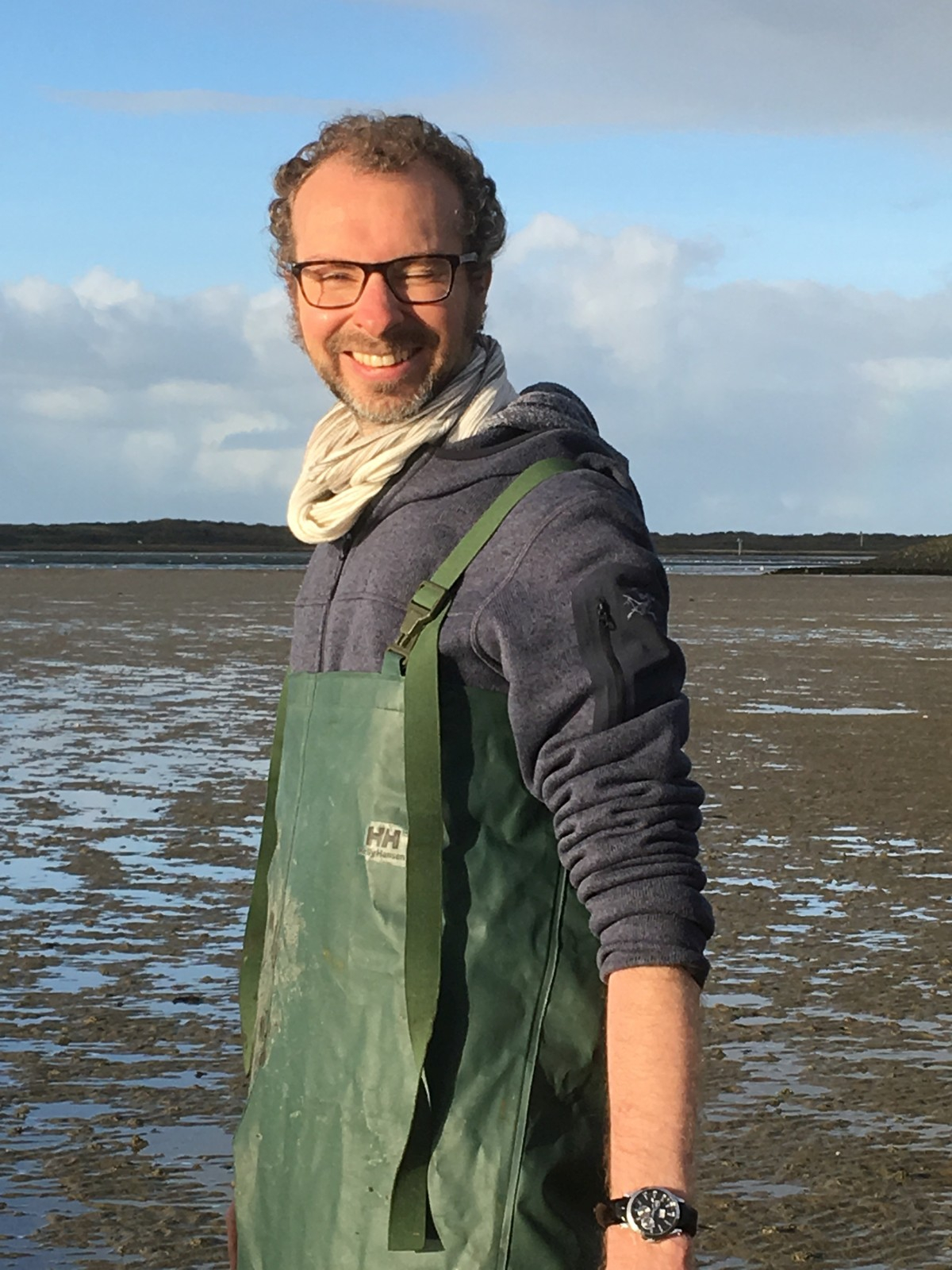Illuminating the role of Woeseiales bacteria as sources of N2O in marine sediments

The main innovativeness of this proposal comes from combining multiple approaches to answer this burning question which organisms are responsible for the production and emission of N2O. There has been a shift in the paradigm concerning N2O production by bacteria in recent times. For many years it was assumed that N2O was both produced and consumed by the same microorganisms while they carried out denitrification, and N2O was released to the environment due to imbalances between the two steps. In the last years however, particularly with the advent of next generation sequencing, it has become apparent that some bacteria seem to produce N2O, while others consume it. This could lead to N2O seaping into the environment.
Yet, little is still known about N2O production in sediments. "Pierre's work has the potential to contribute new and important knowledge to our understanding of the role that coastal sediments and their microbial communities play in N2O production," said an anonymous reviewer of the proposal. The aim of the project is to gain deeper insights into the regulation of N2O production by an abundant group of benthic bacteria: Woeseiales.
These insights have the potential to be very important. "First, it will deepen our understanding of how microorganisms function in the environment," says Pierre Offre. "Secondly, results of this study are highly relevant to the wide field of researchers involved in marine N-cycling, as to date, the drivers and regulators of N2O emissions are extremely poorly understood." Such results will also be of interest to researchers investigating how N2O emissions might be reduced from engineered systems such as water treatment, as well as to terrestrial N-cycle researchers.
Considering the vast changes that anthropogenic activity is having on global ecosystems, it is extremely important to understand the factors that currently contribute to the production of this greenhouse gas, in order to predict how it emissions might change in future.
The project is supported by the NWO via the Open Competition Domain Science-M programme. It is one of 26 funded projects.
